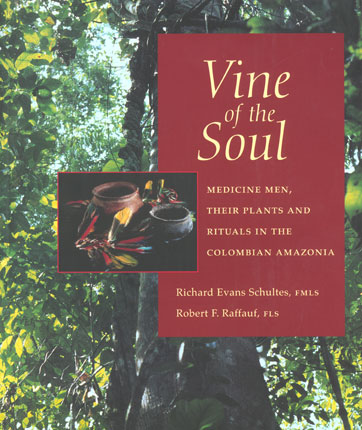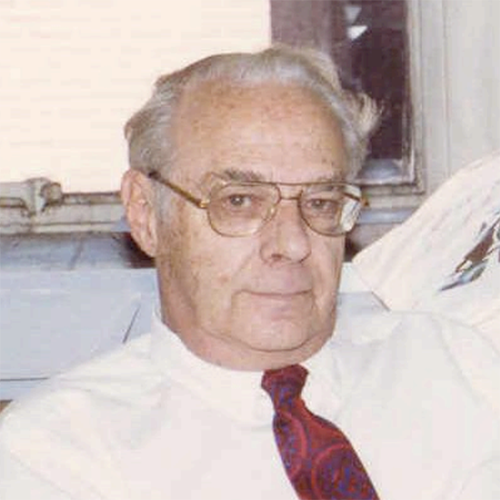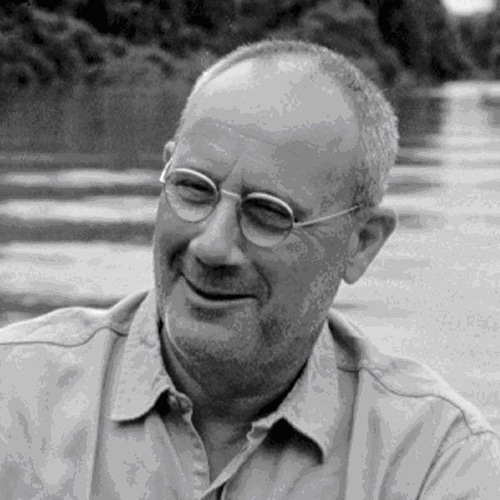Description
Vine of the Soul is an exceptional photographic essay accompanied by detailed descriptions of the Amazon Indians’ use of medicinal and other sacred plant substances. Over 160 documentary photos, some of the most significant ever taken on the subject, bring the reader along a journey in which healing with plants is the norm, and ritual and magic play an essential role in everyday life. Richard Evans Schultes, former Director of the Botanical Museum of Harvard University, led an extraordinary life that bridged the worlds of academia and tribal cultures. Carrying out extensive field studies since 1939 as an ethnobotanist and conservationist, Schultes has received acclaim from many sources, including the Cross of Boyacá- Colombia’s highest honor, the Tyler Prize for environmental achievement, the Linnean Gold Medal- the highest prize a botanist can receive, and many more.
[foogallery id=”24715″]



greggw –
Although exploitation of medicinal plants has become a political issue in much of the world during the last decade at a time when there are many serious questions regarding the exploitation of native peoples, it is refreshing to find the essays written with such an obvious respect for the payés, their belief systems, and their extensive knowledge of plants. Schultes conducted his field research in an open and straightforward fashion, taking a direct approach to the communities he worked with, and demonstrating his respect for their customs and beliefs.
Indigenous Nations Journal, Vol 6, No. 1, Spring 2008
greggw –
Quite simply a masterpiece… Vine of the Sould deserves to be read by everyone interested in rainforests, indigenous peoples, shamanism, hallucinogens, ethnomedicine and conservation.
– Mark Plotkin, President, Amazon Conservation Team
greggw –
Professors Schultes and Raffauf have collaborated for many years as a multidiscilplinary team, with Ruffauf bringing his vast knowledge and perspectives as a plant chemist to numerous jointly authored papers and books. This latest collaboration brings together and estraordinary amount of information on the ethnobotany and phytochemistry of the plants used by the people of the region, and presents it in a ways that is facinating and inspiring to read.
—Michael J. Balick, New York Botanical Garden, from the Epilogue
greggw –
We have here a wonderful integration of ethnobotany, chemistry and photography to produce a book that will long be an important historic record of one of the threatened cultures of the world. I hope that readers learning about ayahuasca, the vine of the soul, and other psychoactive drugs discussed here will have their concern heightened for the future fate of the Amazon Indians and their societies.
—Ghilean T. Prance Garden, Kew, from the Foreword